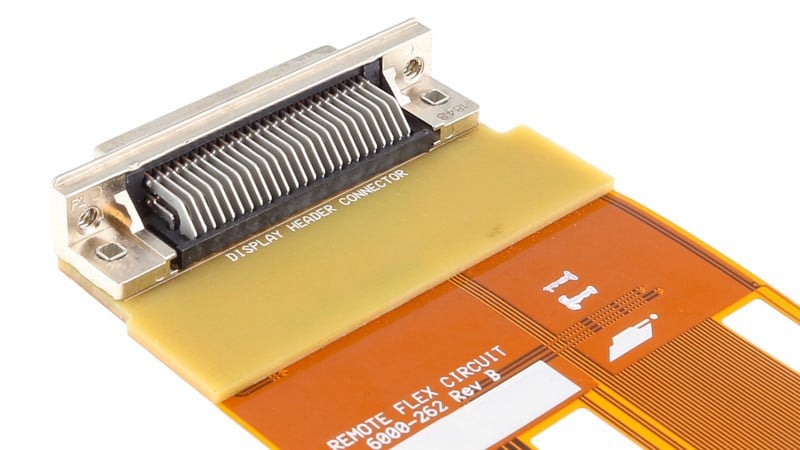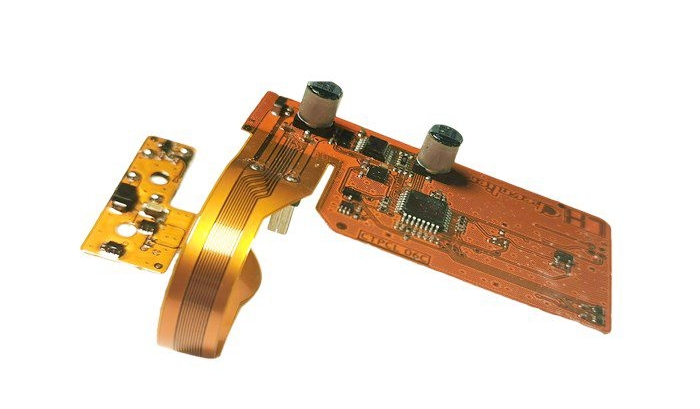Flexible circuit boards, or flex PCBs, are integral to modern electronics, enabling complex designs in compact spaces. As industries like medical, aerospace, and consumer electronics demand more versatile and durable components, the role of materials like polyimide becomes critical. Best FPC, a leading exporter in the flexible circuit industry, specializes in quick-turn manufacturing of flex PCBs using materials such as polyimide and polyester. Their primary material, "Kapton" by Dupont Corporation, stands out for its heat resistance, dimensional stability, and low dielectric constant, making it essential for high-performance applications across various sectors.

Current Challenges in Flex PCB Materials
Limitations of Traditional Flex PCB Materials
Traditional materials used in flexible printed circuit boards like polyester and standard polyimides often face limitations in terms of thermal stability and mechanical strength. These materials, while effective in many applications, struggle to meet the increasing demands for higher temperature and mechanical performance in advanced electronics.
Performance Issues
Key performance issues with existing flex PCB materials include:
- Flexibility: Some materials are prone to cracking under repeated bending, which is a critical concern in wearable technology.
- Durability: Exposure to harsh environmental conditions like high temperatures and moisture can degrade the material's integrity, leading to shorter product lifespans.
- Conductivity: The electrical performance can vary significantly with the choice of material, impacting the overall efficiency of the circuit board.
Environmental Concerns
The environmental impact of flex PCB manufacturing is significant. Concerns include:
- Recyclability: Traditional flex PCB materials are often not recyclable, leading to increased electronic waste.
- Sustainability: There is a growing need for materials that reduce environmental footprint, either through lower energy consumption during production or the use of renewable resources.
Desired Characteristics of Innovative Materials
Flexibility
Innovative materials for flex PCBs must withstand bending and twisting without damage, crucial for applications in flexible displays and wearable devices.
Durability
Next-generation materials should resist wear and tear, cope with extreme temperature fluctuations, and repel moisture, ensuring reliability under various operational conditions.
Conductivity
Enhanced electrical performance is essential for reducing power loss and improving the efficiency of electronic devices, making high conductivity a key target for material innovation.
Sustainability
Eco-friendly materials and processes are increasingly important. Innovations should focus on sustainable production techniques and materials that are biodegradable or easier to recycle.
Cost-effectiveness
Affordability remains crucial, as the cost of materials can significantly impact the overall price of consumer electronics. Efficient production processes and economies of scale are vital.

Recent Innovations in Flex PCB Materials
Nanomaterials
Innovations like graphene and carbon nanotubes are revolutionizing flex PCBs with their extraordinary electrical conductivity and flexibility. These materials allow for thinner, more flexible, and more efficient circuits.
Polymer Blends
Combining different polymers can enhance mechanical properties such as elasticity and heat resistance. These blends are tailored to meet specific requirements of various high-performance applications.
Bio-based Materials
There is a shift towards using natural polymers derived from renewable resources. These bio-based materials reduce reliance on fossil fuels and lower the environmental impact of production.
Additive Manufacturing Techniques
3D printing is making strides in the flex PCB market, allowing for more customizable designs and significantly reducing material waste. This technique supports the rapid prototyping and manufacturing of complex, multi-layered flexible circuits.
Future Trends in Flex PCB Materials
Integration of Smart Materials
The integration of smart materials like self-healing polymers and shape memory alloys is set to transform flex PCB technology. These materials can automatically repair themselves from damage and adapt their shape to environmental changes, increasing the durability and longevity of electronic devices.
Nanotechnology Advancements
Nanotechnology is poised to further enhance flex PCBs through nano-scale patterning. This advancement allows for greater miniaturization while improving performance capabilities such as higher-density circuits and superior electrical properties.
Biodegradable Materials
As sustainability becomes a more pressing concern, the development of biodegradable materials for flex PCBs is accelerating. These eco-friendly alternatives are designed to degrade safely and naturally, reducing electronic waste and environmental impact.
Collaboration with Other Industries
Cross-disciplinary collaboration with industries like aerospace, medical, and automotive is fostering innovation in flex PCB materials. These partnerships leverage unique industry needs and technological advancements to drive material innovations that can benefit multiple sectors.
Challenges and Considerations
Technical Hurdles
One of the primary challenges is scaling new manufacturing processes while maintaining performance standards. Innovations in materials and technology must be adaptable to large-scale production without compromising quality or functionality.
Regulatory Compliance
New materials must comply with stringent safety and environmental regulations. Ensuring these materials meet international standards can be a significant hurdle, impacting the speed at which new technologies are adopted.
Industry Adoption
Convincing manufacturers to invest in new materials and technologies involves demonstrating clear benefits over existing solutions. Adoption depends on proving that new materials can enhance product performance, durability, and sustainability without excessive costs.
Economic Factors
Balancing cost-effectiveness with performance and sustainability remains a critical challenge. Manufacturers must weigh the benefits of advanced materials against their impact on the product's final cost, considering both market competitiveness and consumer demand.
Final Thoughts
Innovating materials for flexible circuit boards is an essential and dynamic area poised to transform the electronics industry. Looking ahead, the integration of smart materials, advances in nanotechnology, the introduction of biodegradable substrates, and enhanced cross-industry collaboration will drive the development of more resilient, efficient, and eco-friendly flex PCBs. These innovations aim not only to improve the performance and longevity of electronic devices but also to support global sustainability efforts by minimizing waste and environmental impacts. Nonetheless, this journey presents several challenges, such as scaling manufacturing processes, meeting regulatory standards, encouraging industry adoption, and managing economic considerations. Successfully navigating these hurdles is crucial to unlocking the full potential of the next generation of flexible circuit materials, thereby enabling smarter, more sustainable electronics tailored to meet the diverse needs of various industries.










 2024-05-21
2024-05-21
 BEST
BEST

.png)
.png)
.png)
.png)

.png)

